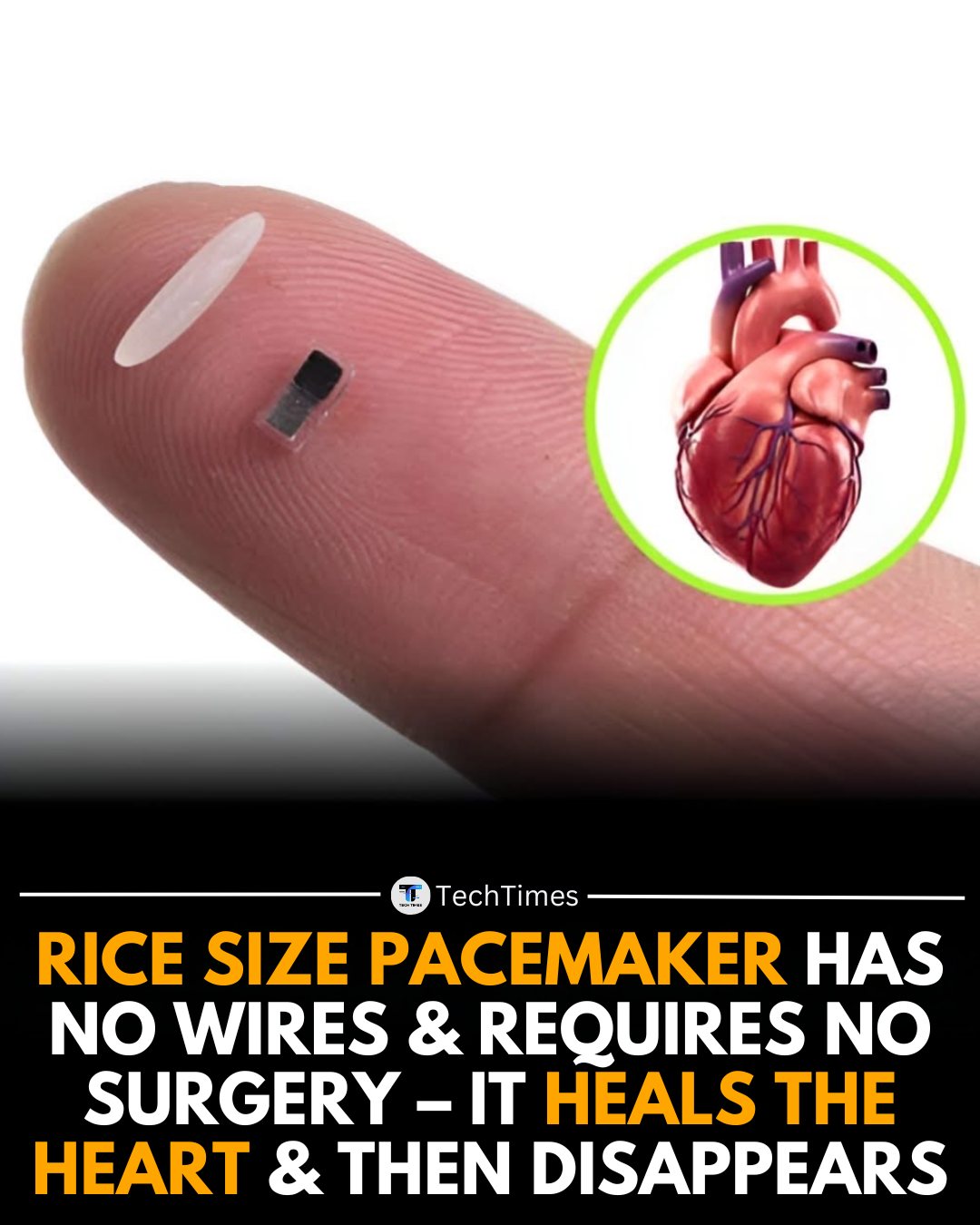China’s Jiuzhang 3.0 just made computing history by solving a problem in 4 minutes that would take the world’s top classical supercomputers an estimated 2.5 billion years to finish.
This photonic quantum computer doesn't rely on electricity and silicon like traditional machines — it uses light particles (photons) to perform calculations across quantum states, unleashing massive parallel computing power. This leap is not theoretical; it’s operational proof that quantum supremacy is no longer a future concept — it's already here.
Why this matters:
Speed: It makes near-impossible tasks suddenly solvable.
Applications: From next-gen AI and drug discovery to unbreakable encryption and climate modeling.
Global Shift: With Jiuzhang 3.0, China pulls ahead in the quantum race, challenging Google’s Sycamore and IBM’s Osprey directly.
This isn't just a new computer. It's a new computing reality.
#QuantumComputing #ChinaTech #Jiuzhang3 #AI #QuantumSupremacy #FutureOfComputing #TechBreakthrough
This photonic quantum computer doesn't rely on electricity and silicon like traditional machines — it uses light particles (photons) to perform calculations across quantum states, unleashing massive parallel computing power. This leap is not theoretical; it’s operational proof that quantum supremacy is no longer a future concept — it's already here.
Why this matters:
Speed: It makes near-impossible tasks suddenly solvable.
Applications: From next-gen AI and drug discovery to unbreakable encryption and climate modeling.
Global Shift: With Jiuzhang 3.0, China pulls ahead in the quantum race, challenging Google’s Sycamore and IBM’s Osprey directly.
This isn't just a new computer. It's a new computing reality.
#QuantumComputing #ChinaTech #Jiuzhang3 #AI #QuantumSupremacy #FutureOfComputing #TechBreakthrough
China’s Jiuzhang 3.0 just made computing history by solving a problem in 4 minutes that would take the world’s top classical supercomputers an estimated 2.5 billion years to finish.
This photonic quantum computer doesn't rely on electricity and silicon like traditional machines — it uses light particles (photons) to perform calculations across quantum states, unleashing massive parallel computing power. This leap is not theoretical; it’s operational proof that quantum supremacy is no longer a future concept — it's already here.
Why this matters:
Speed: It makes near-impossible tasks suddenly solvable.
Applications: From next-gen AI and drug discovery to unbreakable encryption and climate modeling.
Global Shift: With Jiuzhang 3.0, China pulls ahead in the quantum race, challenging Google’s Sycamore and IBM’s Osprey directly.
This isn't just a new computer. It's a new computing reality.
#QuantumComputing #ChinaTech #Jiuzhang3 #AI #QuantumSupremacy #FutureOfComputing #TechBreakthrough









